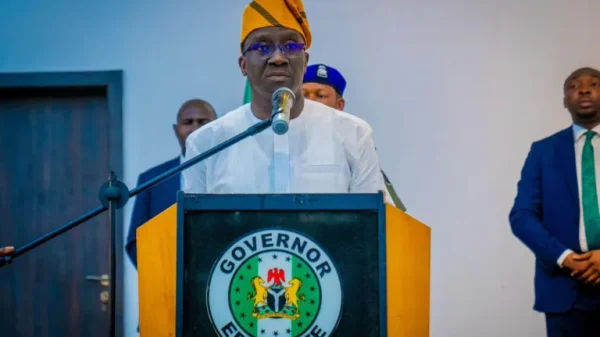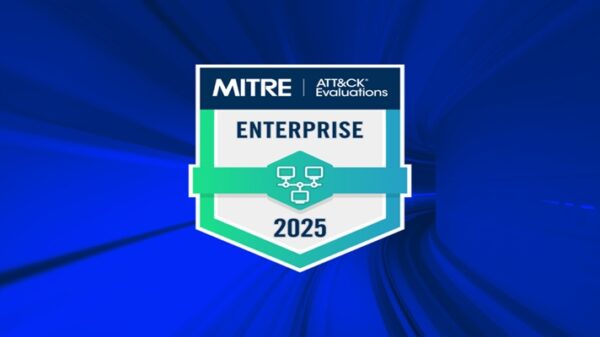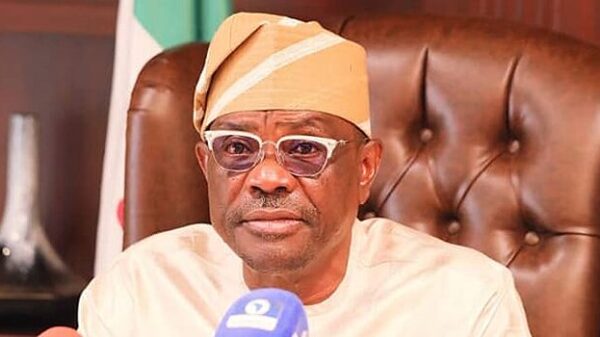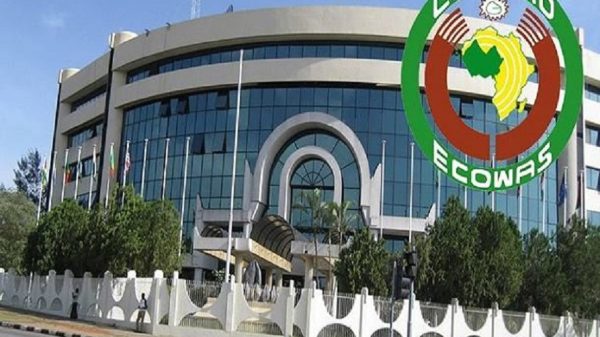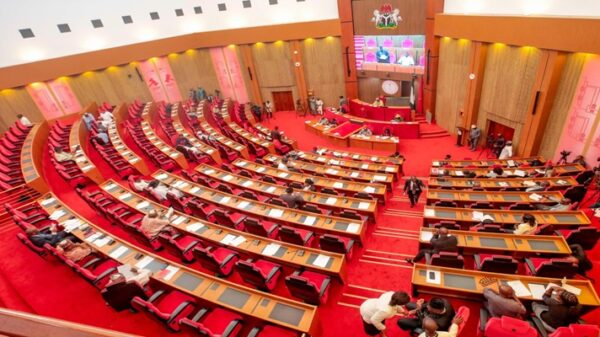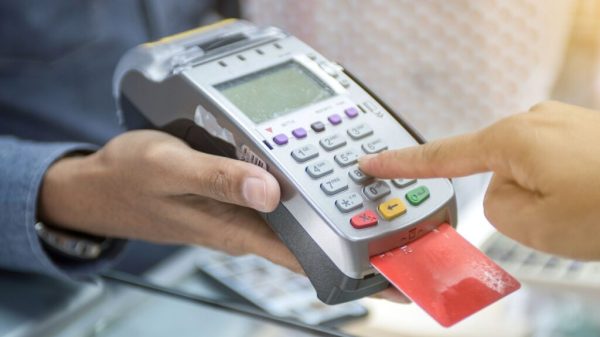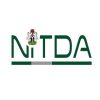By Stephen A. Newton, Managing Director for Africa, Aleph
There was a time when physical and digital marketing were approached in completely separate ways. This separation demanded distinct strategies, budgets, departments, and more often than not, personnel. It’s becoming increasingly clear, however, that businesses taking this approach are missing out and that a more integrated approach is required to hold the attention of today’s customers.
As more and more elements of the digital world are integrated into the physical world, marketing has followed suit. In this new world, the most successful marketers use measurable marketing strategies that combine digital and physical advertising in ways that encourage brand building and conversions. This kind of strategy also means that customers who see your brand’s physical marketing are also going to engage with your digital output. As connectivity becomes increasingly affordable and ubiquitous in Nigeria, that overlap will only become more pronounced.
As a result, customers increasingly expect a well-integrated and thorough mix of physical and digital touchpoints. They already experience it in the retail environment, with online shopping enhancing their brick-and-mortar experiences and vice versa, rather than one being preferable to the other. But how can brands and marketers best ensure they can deliver the kind of unified experiences customers want and set their businesses up for success, providing a unified and enhanced customer experience?
Integrated campaigns
Marketers must continue to develop a seamless marketing plan, integrating both physical and digital elements. For example, use traditional advertising methods like billboards or print ads to drive traffic to digital platforms, where customers can engage further with the brand or make online purchases.
Unified brand messaging
Marketers must ensure that they are consistent in their messaging across all channels, online and offline integrated into one comprehensive message. The brand’s values, voice, and image should remain cohesive, reinforcing a unified identity in the minds of consumers.
Cross-channel promotion:
Marketers must implement cross-channel promotions where activities in one channel complement and enhance the experience in another. For instance, using a QR code on a physical brochure or billboard could lead customers to an exclusive online offer, creating a seamless transition between the physical and digital realms.
Data Integration:
Marketers should leverage customer data collected from both physical and digital interactions to gain comprehensive insights into consumer behavior. This integrated data can inform more personalized and targeted marketing strategies, enhancing the overall customer journey. There are undoubtedly more privacy issues when dealing with data, so marketers have to ensure that they are compliant with data security, but the benefits of proper integration and usage of off/online data are immediately impactful.
Technology adoption:
Where possible, marketers should embrace emerging technologies like augmented reality (AR) or near-field communication (NFC) to bridge the gap between physical and digital experiences. Interactive elements in physical spaces can lead customers to engage with digital content, creating a more immersive brand experience. In bandwidth-challenged areas, this may prove more difficult, but the rewards of the immersive experiences some of these technologies offer are unrivaled.
Omnichannel retail:
Marketers in the retail space need to continually emphasize an omnichannel retail approach, where online and offline stores work in tandem. Provide services like click-and-collect, enabling customers to seamlessly transition between digital product discovery and physical purchase.
User-Generated content:
With the proliferation of social media adoption, marketers must encourage customers to share their experiences with the brand across both physical and digital platforms. User-generated content creates a sense of community and authenticity, fostering a stronger connection between the brand and its audience.
Adaptive marketing strategies:
As in most things business-related, marketers need to stay agile and adapt marketing strategies based on real-time feedback and performance metrics. This iterative approach allows for continuous improvement in delivering a unified and effective marketing mix.
Employee training:
C-levels need to ensure that their marketing professionals are well-versed in integrated marketing. A well-informed team can seamlessly assist customers in navigating both physical and digital touchpoints, enhancing overall satisfaction.
Continuous monitoring and analysis:
Don’t set it and forget it: Marketers must regularly monitor the performance of marketing efforts across all channels. Analyze data to identify successful strategies, areas for improvement, and emerging trends, allowing for ongoing refinement of their approach.
By implementing these strategies, brands can create a more integrated and customer-centric marketing approach, capitalizing on the synergy between physical and digital channels to achieve both brand-building and conversion objectives in a rapidly evolving market.
![]()



